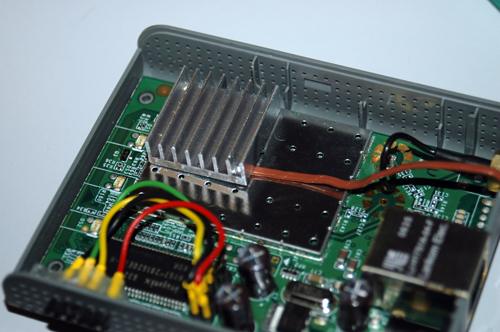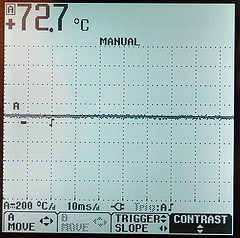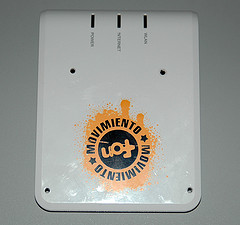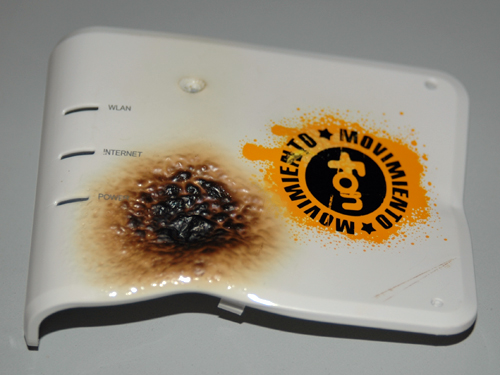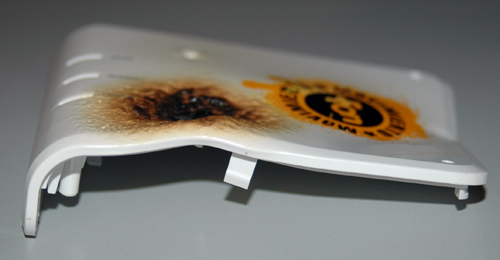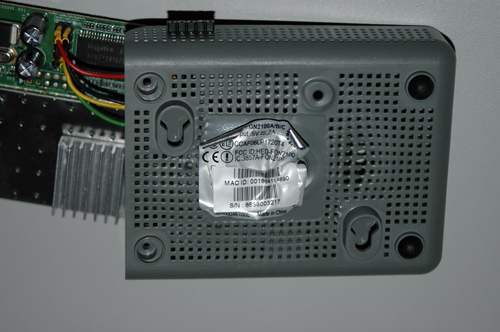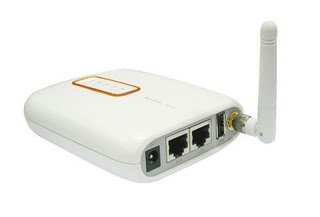Immer mehr Haushalte setzen auf einen schnellen DSL Anschluss. Und dies nicht nur, um im in rasanter DSL Geschwindigkeit von einer Internetseite zur anderen zu gelangen, sondern auch, weil über den Datenanschluss telefoniert werden kann. DSL Telefonie heißt das Zaubewort.
DSL Telefonie ist inzwischen eine probate Alternative zur herkömmlichen Festnetztelefonie geworden. Der Unterschied zwischen den beiden Technologien ist kaum bemerkbar – die Sprachqualität ist auch bei DSL Telefonie hervorragend. Und auch wer sein „altes“ Telefon weiterhin verwenden möchte, kann dies problemlos tun.
Die Grundlagen der IP-Telefonie finden Sie unter nachfolgenden Link.
Zudem hat DSL Telefonie über einen DSL Anschluss einen entscheidenden Vorteil gegenüber der alten Variante: In punkto Kosten kommen DSL Telefonie Kunden deutlich besser davon. Zum einen deshalb, weil die fixen Anschlusspreise geringer sind. Und zum anderen, weil eine DSL Telefon Flatrate hilft, die monatlichen Kosten für Telefongespräche auf ein Minimum zu reduzieren – zumindest, was die DSL Telefonie ins deutsche Festnetz angeht. Denn ähnlich wie eine DSL Flatrate die monatlichen Ausgaben für das Surfen im Internet pauschal abdeckt, hält man seine Telefonkosten Monat für Monat stabil.
Mittlerweile bekommt man DSL Telefonie bei vielen der zahlreichen DSL Anbieter. Grund: Immer mehr DSL Provider operieren nicht mehr über das Netz des Telekom, sondern haben eine eigene, rein auf DSL basierende Infrastruktur. Über diese laufen die DSL Angebote, zu denen immer auch DSL Telefonie beauftragt werden kann. Die Telefon Flat kann immer gleich mit hinzugebucht werden – sofern sie nicht schon als fixe Paketkomponente automatisch in einem gewünschten DSL Package mit dabei ist – und kostet selten mehr als 10 Euro im Monat. Bedeutet: Schon bei durchschnittlichem Telefonaufkommen lohnt sich die Inanspruchnahme einer DSL Telefon Flatrate.
Wird auf DSL Telefonie gesetzt, ist eine entsprechend ausgerüstete DSL Hardware vonnöten. Bei den meisten der DSL Telefonie Provider bekommt man sie zu einem günstigen Preis oder gar kostenlos in Verbindung mit einem DSL Paket gleich mitgeliefert. In der Regel ist dies ein WLAN Router, in dem ein DSL Modem bereits integriert ist.
